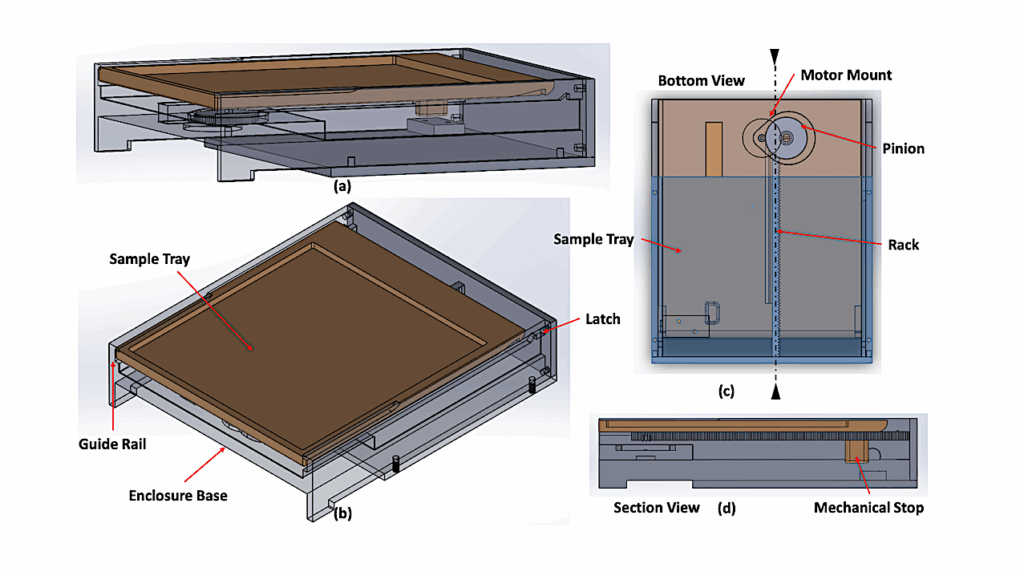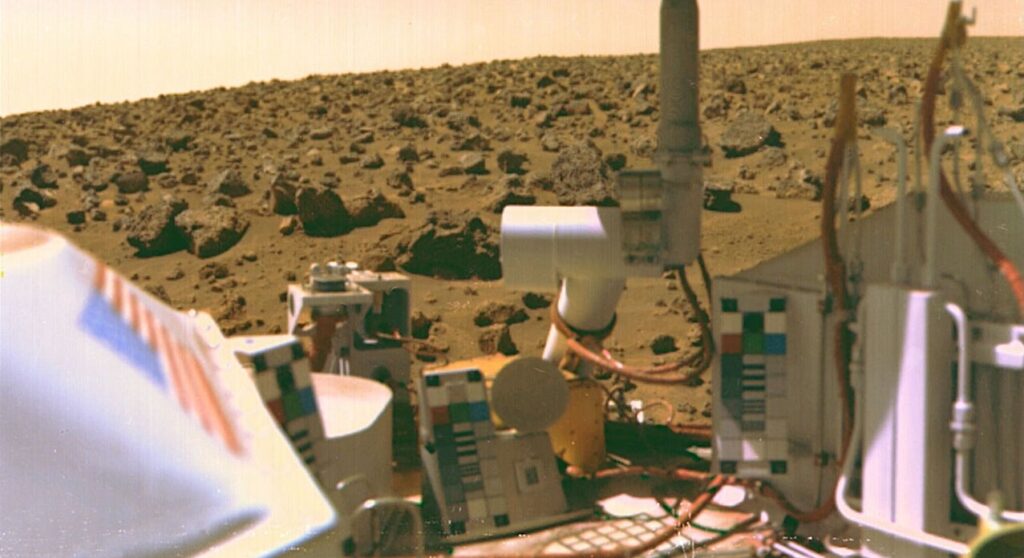Evolution Of Earth-like Extended Exospheres Orbiting Solar-like Stars

Recent observations of the Earth’s exosphere revealed the presence of an extended hydrogenic component that could reach distances beyond 40 planetary radii. Detection of similar extended exospheres around Earth-like exoplanets could reveal crucial facts in terms of habitability.
The presence of these rarified hydrogen envelopes is extremely dependent of the planetary environment, dominated by the ionizing radiation and plasma winds coming from the host star. Radiation and fast wind particles ionize the uppermost layers of planetary atmospheres, especially for planets orbiting active, young stars. The survival of the produced ions in the exosphere of such these planets is subject to the action of the magnetized stellar winds, particularly for unmagnetized bodies.
In order to address these star-planet interactions, we have carried out numerical 2.5D ideal MHD simulations using the PLUTO code to study the dynamical evolution of tenuous, hydrogen-rich, Earth-like extended exospheres for an unmagnetized planet, at different stellar evolutionary stages: from a very young, solar-like star of 0.1 Gyr to a 5.0 Gyr star. For each star-planet configuration, we show that the morphology of extended Earth-like hydrogen exospheres is strongly dependent of the incident stellar winds and the produced ions present in these gaseous envelopes, showing that the ionized component of Earth-like exospheres is quickly swept by the stellar winds of young stars, leading to large bow shock formation for later stellar ages.
Ada Canet, Ana Inés Gómez de Castro
Comments: 7 pages, 6 figures
Subjects: Earth and Planetary Astrophysics (astro-ph.EP); Solar and Stellar Astrophysics (astro-ph.SR)
Journal reference: Monthly Notices of the Royal Astronomical Society, Volume 502, Issue 4, 2021, pp.6170-6176
DOI: 10.1093/mnras/stab492
Cite as: arXiv:2105.15026 [astro-ph.EP] (or arXiv:2105.15026v1 [astro-ph.EP] for this version)
Submission history
From: Ada Canet
[v1] Mon, 31 May 2021 15:07:13 UTC (650 KB)
https://arxiv.org/abs/2105.15026
Astrobiology








